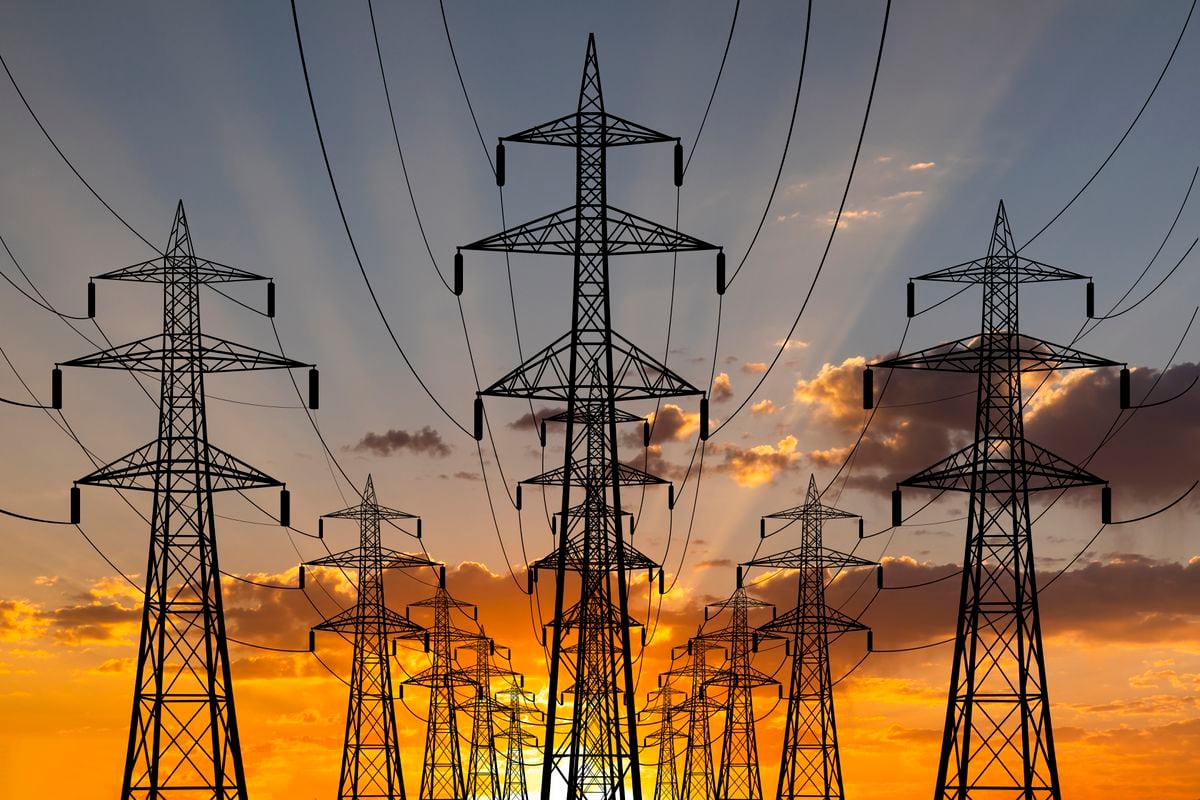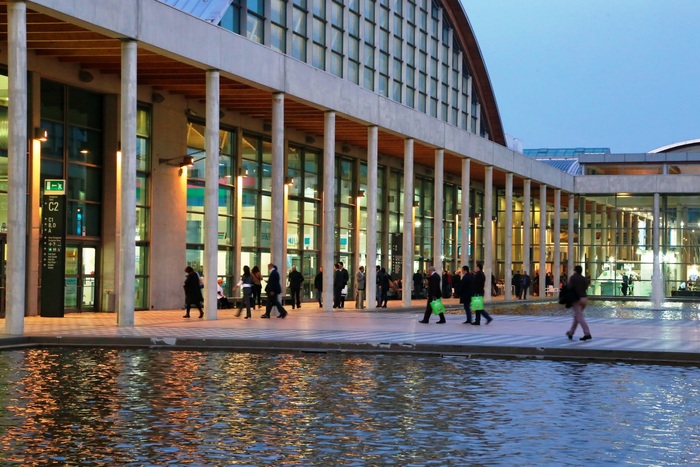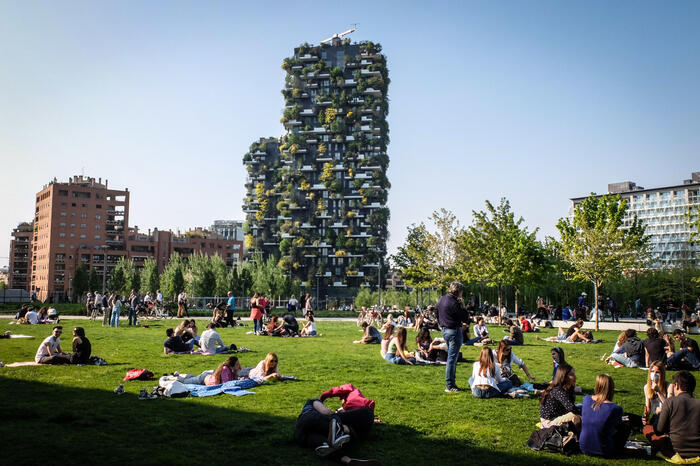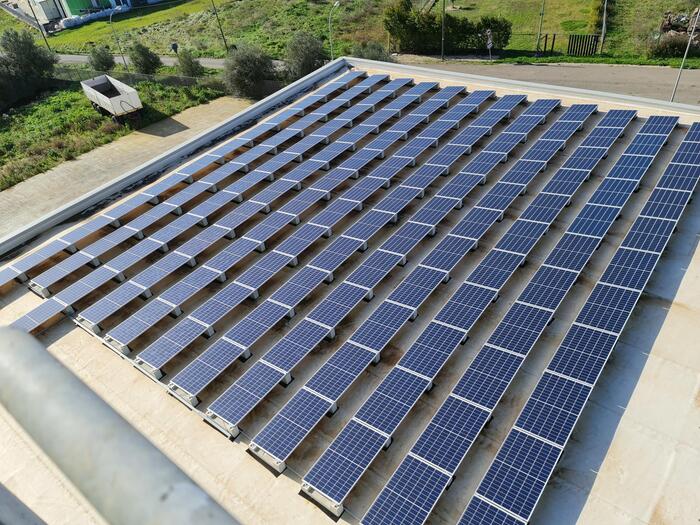To think of energy only in terms of electricity is to forget an important part of what constitutes demand. According to the World Renewable Energy Situation 2020 report, heat represents more than 50% of the total we consume in the world, three times more than electricity. Currently, most of the use of renewables is in the electricity sector, where it continues to grow rapidly. One of the main reasons for the low penetration of these in thermal end uses is the lack of support policies in these sectors.
The push from photovoltaics hides a significant lag in the heating, cooling and transport sectors. The use of electricity, for example for lighting, household appliances and industrial equipment, only represents 17% of global demand, while heating, cooling and transport account for up to 83%. The share of renewables in this area is low (10.1%).
Most of the use of renewable energy is in the electricity sector (excluding those mentioned above), such as lighting and appliances in buildings, where it continues to grow rapidly. Other uses of thermal, including space and water heating, space cooling and industrial process heat, accounted for more than half (51%) of the PRT. Of this total, around 10.1% was supplied by renewable energies. By proposing only an electrical answer we are only partially addressing the issue of decarbonization and the investment is also partial.
If we want to achieve a global energy transition, to meet the 2050 targets set by COP21, we need to produce energy from renewable sources, but more specifically we need to bring together three key attributes: performance, scale and cost-effectiveness.
First of all, we need an efficient system, a structure that is replicable on a large scale, that is, practical and easy to implement in the manufacturing, installation and end-use process.
With a global energy consumption so widespread around the world for different uses, we need a system that, regardless of location or even financial means available, can be easily implemented and provide energy directly.
And that, of course, is profitable.
In this way, the most sustainable cities will have to respond to these two imperatives: thermal production and electricity production, fulfilling the named requirements. The most efficient solution regarding the problem seen is to have a technology capable of producing heat and electricity in a sustainable way. Hybrid solar technology offers a complete answer. This technology combines solar thermal and photovoltaic production in the same product and with the highest energy efficiency per surface area on the market, with zero CO² emissions.
To achieve the maximum potential of solar heat on a large scale, it would be necessary to accelerate the development and support of infrastructures for the storage of thermal energy, through seasonal accumulation, for example. In all cases, the implementation of hybrid solar technology will optimize production for the same occupied surface and can take advantage of the infrastructures for the distribution of both.
No one can predict with complete certainty how our energy needs will be met in 2050, but we know that the next 10 years are key and what can be done for the planet in terms of substantial reductions in CO².
We have the technology and our products ready for a completely renewable and neutral supply of heat and electricity.
The solution will not be unique but it is vital not to leave behind the brightest due to their “lack of notoriety”.
Alejandro del Amo
is CEO and founder of Abora Solar.


/cloudfront-eu-central-1.images.arcpublishing.com/prisa/D3KKZZA5HZBEDA4TSYE7XVGSKQ.jpg)






